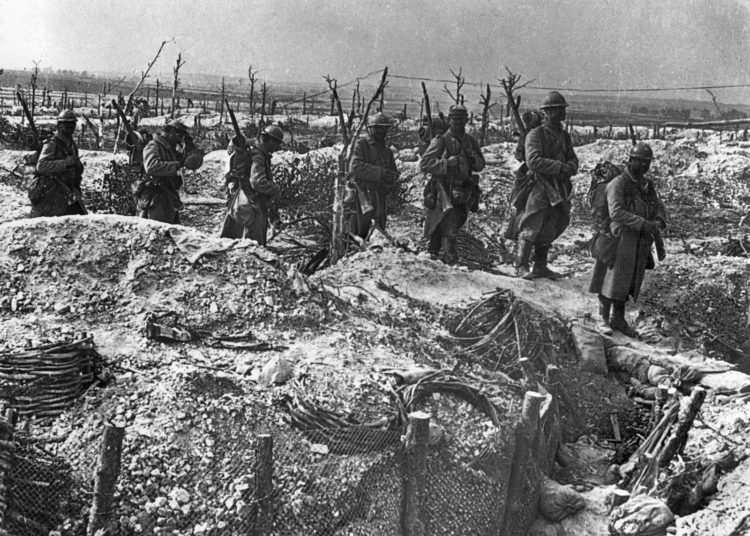This content discusses famous military maneuvers and battles throughout history that have had a significant impact on shaping the world. It covers five notable battles, including the Battle of Marathon, Battle of Cannae, Battle of Agincourt, Battle of Waterloo, and the D-Day Invasion. Each battle highlights the strategic brilliance and innovative tactics employed by the respective military leaders. These battles showcase the importance of strategy, innovation, and adaptability in warfare and have had lasting effects on military tactics and thinking today. Understanding and studying these historic battles allows us to appreciate the sacrifices made by those who fought in them and learn valuable lessons for present and future conflicts.
Famous Military Maneuvers: Historic Battles that Shaped the World
Introduction
Throughout history, there have been numerous military maneuvers and battles that have had a significant impact on shaping the world we live in today. These grand displays of strategy, leadership, and bravery have not only played a crucial role in determining the outcome of wars, but also in shaping global politics, influencing alliances, and changing the course of civilization.
1. Battle of Marathon (490 BC)
The Battle of Marathon, fought between the Greeks and the Persians, is considered one of the most important battles in military history. The Persian Empire, under King Darius I, sought to expand its territory by invading Greece. Despite being heavily outnumbered, the Greeks, led by General Miltiades, employed a brilliant maneuver by extending their flanks to encircle the Persian forces. This resulted in a decisive Greek victory and prevented Persian domination of Greece.
2. Battle of Cannae (216 BC)
The Battle of Cannae is an exemplary display of tactical genius by the Carthaginian general Hannibal against the Roman Republic during the Second Punic War. Hannibal utilized a double-envelopment strategy, where his smaller force surrounded and annihilated a much larger Roman army. This battle showcased the effectiveness of asymmetric warfare and forever changed military tactics.
3. Battle of Agincourt (1415 AD)
The Battle of Agincourt during the Hundred Years’ War is notable for the strategic brilliance of the English King Henry V. Facing a superior French army, Henry V positioned his archers on a muddy battlefield, forcing the heavily armored French knights to maneuver through difficult terrain. The English longbowmen decimated the French ranks, resulting in a major English victory and shocking the European powers.
4. Battle of Waterloo (1815 AD)
The Battle of Waterloo, fought between the French under Napoleon Bonaparte and a coalition of European powers, marked the end of Napoleon’s rule and the beginning of a new era in Europe. The Duke of Wellington, leading the British and allied forces, employed a strategically strong defensive formation, enabling them to withstand repeated French attacks. Ultimately, Napoleon’s defeat at Waterloo reshaped the European balance of power and led to the Congress of Vienna.
5. D-Day Invasion (1944 AD)
The D-Day invasion, also known as Operation Overlord, was a massive military operation that turned the tide of World War II. Led by General Dwight D. Eisenhower, Allied forces launched a surprise amphibious assault on the beaches of Normandy, France. Timing, deception, and coordination played crucial roles in the success of this maneuver, with the Allies successfully establishing a foothold on the European continent, leading to the eventual defeat of Nazi Germany.
Conclusion
These famous military maneuvers and battles demonstrate the importance of strategy, innovation, and adaptability in war. They have left a lasting impact on the world and continue to shape military tactics and thinking today. It is essential to study and understand these historic battles to appreciate the sacrifices made by those who fought in them and to learn valuable lessons that can be applied to present and future conflicts.












